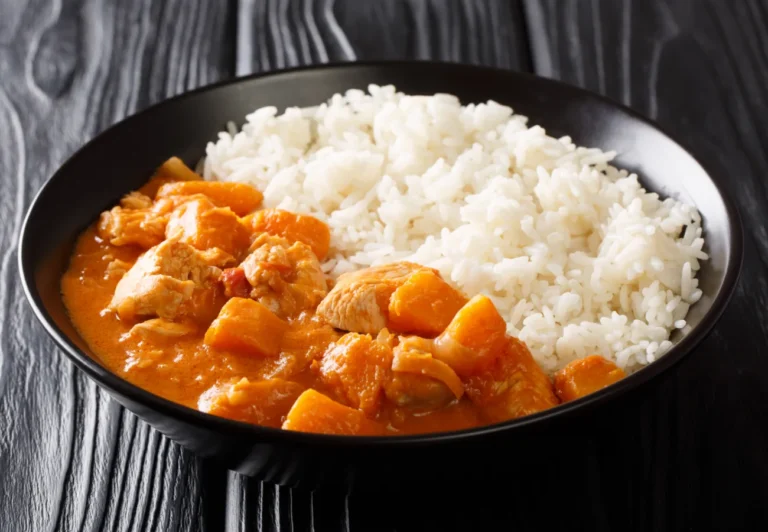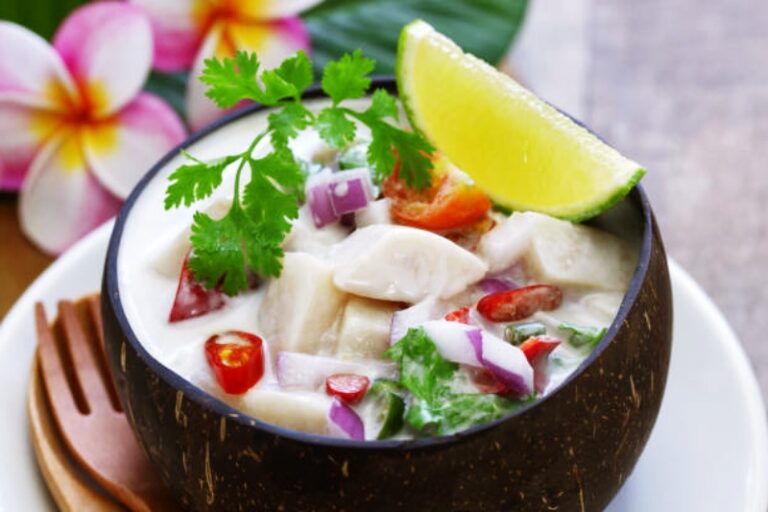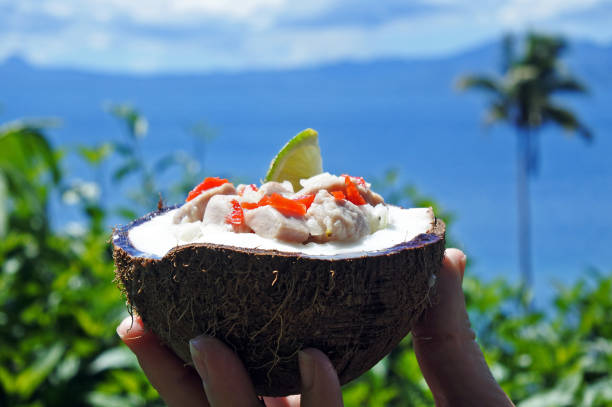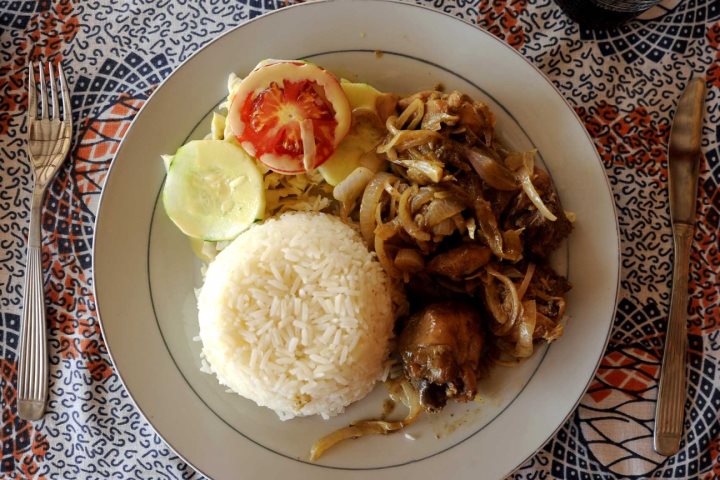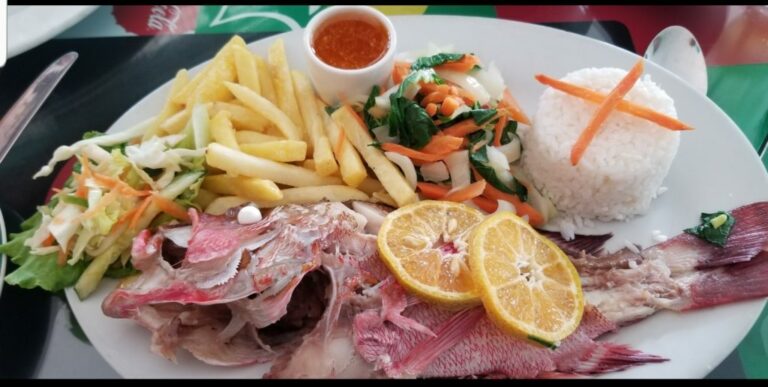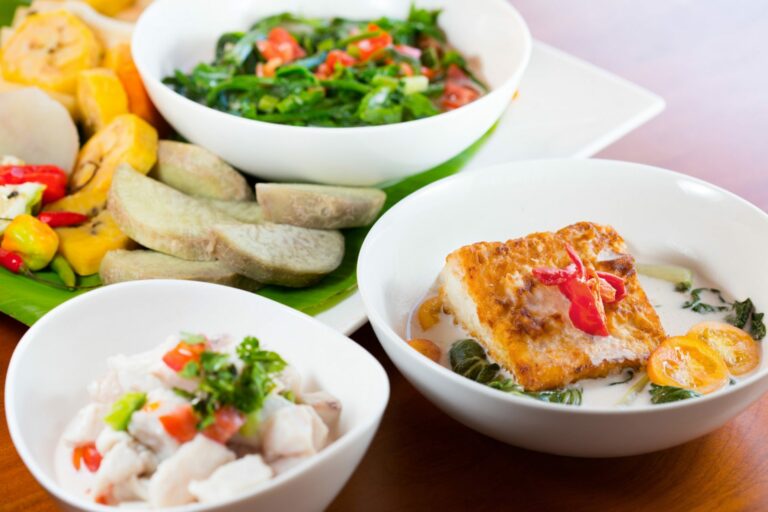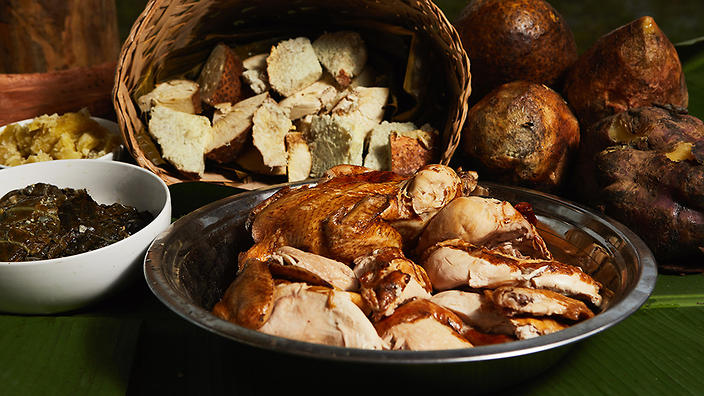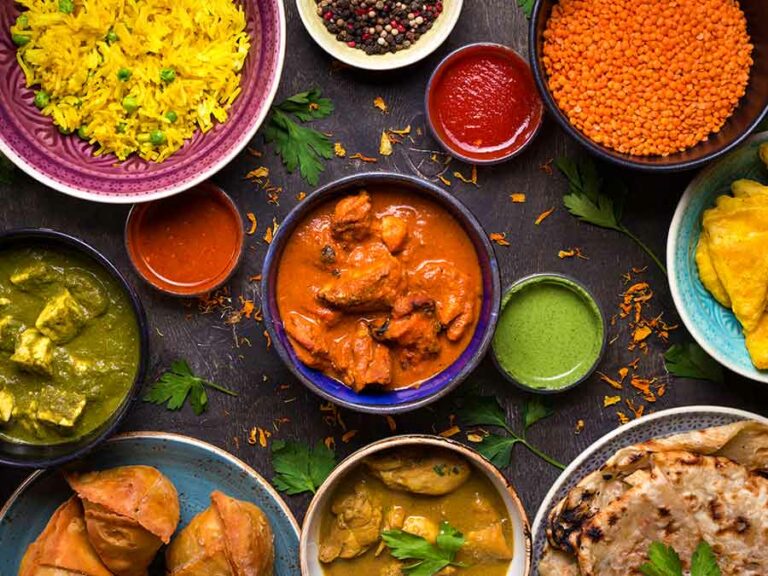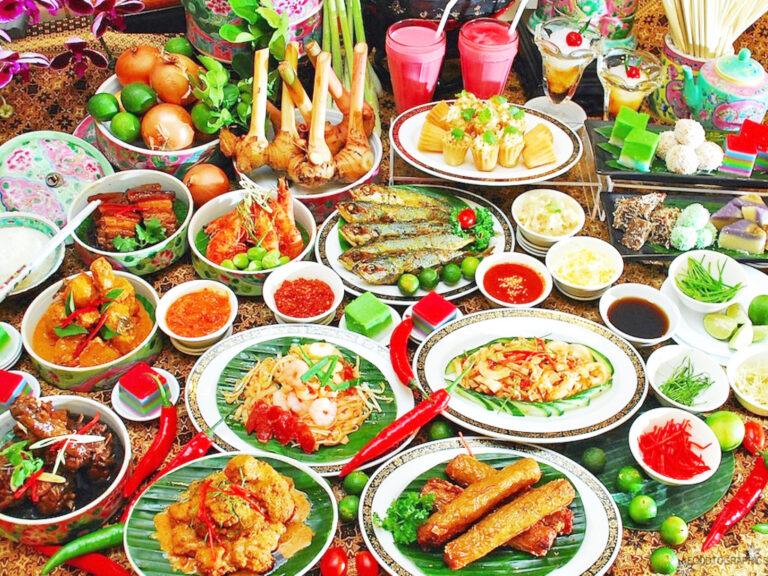Introduction: Exploring Fijian Cuisine
Fiji is a beautiful island nation that is known for its breathtaking scenery and unique culture. Its cuisine is just as fascinating and diverse, with a mixture of indigenous, Indian, and Chinese influences. Fijian cuisine is characterized by its use of fresh, locally sourced ingredients, bold flavors, and unique cooking techniques. In this article, we will explore the different regional specialties within Fijian cuisine and discover the culinary traditions of the various islands.
Regional Differences in Fijian Cuisine
One of the fascinating aspects of Fijian cuisine is the regional variations that exist within the country. The cuisine of Fiji can be broadly divided into three regions: coastal, inland, and the highlands. Each region has its own distinct flavors and cooking styles that are influenced by the local ingredients and cultural traditions.
The Culinary Traditions of Fiji’s Islands
The islands of Fiji have their own unique culinary traditions that are shaped by the local geography and climate. For example, the cuisine of the Yasawa Islands is known for its seafood dishes, while the cuisine of Taveuni Island is known for its use of tropical fruits and vegetables. The island of Vanua Levu is famous for its freshwater fish dishes, while the cuisine of Viti Levu, the largest island in Fiji, is characterized by a blend of indigenous, Indian, and Chinese influences.
Unique Flavors of Fiji’s Coastal Regions
The coastal regions of Fiji are known for their seafood dishes, which are often prepared with coconut milk, lime, and chili peppers. The cuisine of the Coral Coast, for example, is famous for its kokoda dish, which is made with raw fish marinated in lime and coconut milk. The cuisine of the Mamanuca Islands is known for its lobster and crab dishes, while the cuisine of the Lau Islands is famous for its octopus dishes.
Inland Regions and Their Distinctive Dishes
The inland regions of Fiji are known for their hearty vegetable and meat dishes, which are often flavored with spices and coconut milk. The cuisine of the Naitasiri Highlands, for example, is known for its dalo (taro) and cassava dishes, while the cuisine of the Nausori Highlands is famous for its pork dishes. The cuisine of the Tailevu Highlands is characterized by its use of wild game, such as wild pig and deer.
The Influence of Indian and Chinese Cuisine
The influence of Indian and Chinese cuisine on Fijian cooking can be seen in the use of spices and cooking techniques. The cuisine of the Northern Division, for example, has a strong Indian influence, with dishes such as curry and roti being popular. The cuisine of the Western Division, on the other hand, has a strong Chinese influence, with dishes such as fried rice and chow mein being popular.
The Role of Indigenous Ingredients in Fijian Cooking
Indigenous ingredients play a crucial role in Fijian cooking, with many dishes featuring ingredients such as taro, cassava, yams, and coconut. These ingredients are often cooked using traditional methods, such as roasting in an underground oven (lovo) or steaming in banana leaves. The use of these ingredients and cooking methods is a testament to the rich cultural heritage of Fiji.
Conclusion: Celebrating the Diversity of Fijian Cuisine
Fijian cuisine is a melting pot of indigenous, Indian, and Chinese influences that has been shaped by the local geography and cultural traditions. From the seafood dishes of the coastal regions to the hearty vegetable and meat dishes of the highlands, Fijian cuisine is a celebration of diversity and tradition. Whether you are a fan of spicy curries or hearty stews, there is something for everyone in the vibrant world of Fijian cuisine.


